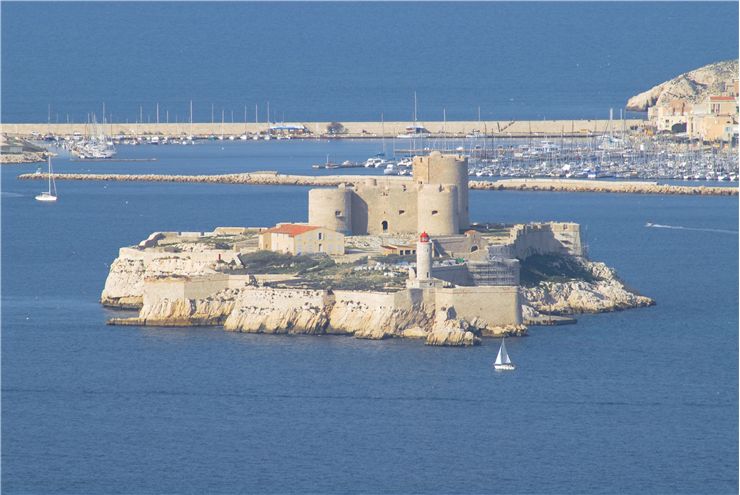Château d'If Prison History and Facts
Château d'If is today regarded as one of the most famous European prisons. Built on a small 30.000 square meters island in the Bay of Marseille, this fortified fortress with walls guarding every inch of its coast represented perfect place for prison. During the centuries many French prisoners were sent there, from the vilest criminal, to the enemies of the state and religious offenders. However, the largest source of this prison’s international famecame after the middle of 19th century, when Alexandre Dumas released its famous novel The Count of Monte Cristo which described how the novels hero Edmond Dantès survived his 14 yearlong imprisonment and eventual escape from Château d'If. In reality, there are no recorded successful escape attempts from this prison.
The the construction of the fortress was started in 1524, and it had primary goal of being fortified military outpost that would protect he Marseille. Its impressive fortification and location proved to be perfect ground for dumping unwanted prisoners to this island, similar to the famous prison of Alcatraz in the modern times. During its active years, this prison held various inmates, from the 3500 French Protestants, to the rich political offenders that lived through their sentence in relative comfort (provided that they had the money to pay to support themselves) in their private cells, far above the poor criminals who were left in windowless dungeons filled with horror, disease and hunger.
After serving as a prison for more than a century, Château d'If was finally demilitarized and transformed to a public tourist attraction on September 23, 1890. Popularity of Alexandre Dumas’s book, and the stories of many famous inhabitants that spent their sentence there (some true, and some fake, such as famous “Man in the Iron Mask” who in reality was never imprisoned there) proved to be successful into gathering significant public attention, and this prison represents one of the most notable prison tourist spots in the Europe.



